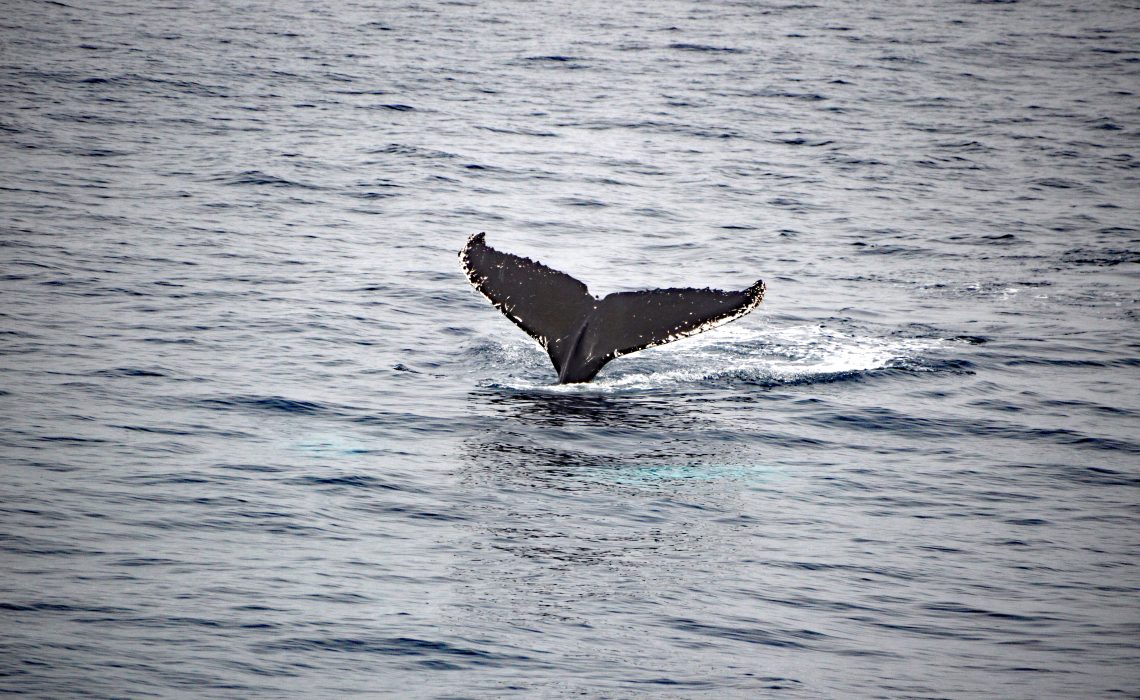
And can you guess who Antarctica’s most beloved citizens are?
Do you know how difficult it is to get a good photograph of any part of a whale? Well you have to be lucky enough to see them in the first place of course and then have the camera ready just at that exact time they breach to capture that tail or fin. What I didn’t know before our Antarctica trip is that these whale photographs – photos to follow in this blog – capturing precious memories for each of the passengers, could make a much wider contribution….
If you think about it, it makes perfect sense to harness the co-operation of the passenger vessels visiting the Southern Ocean stopping at the likes of the Falklands, South Georgia and the Sandwich Islands and of course Antarctica. Harnessing them for what though?
Citizen Science!
Back in 2013, Polar Latitudes pioneered having a Citizen Science programme on all of their voyages which meant all the passengers get the opportunity to take part in what is a small but meaningful contribution to the data that is being collected in that region. There are of course science research centres on Antarctica and research ships but with such a vast area and so few scientists relative to its size, these additional programmes can contribute to the long-term academic observation teams, making a difference.
For the majority of us, this was the first time we had heard of Citizen Science!
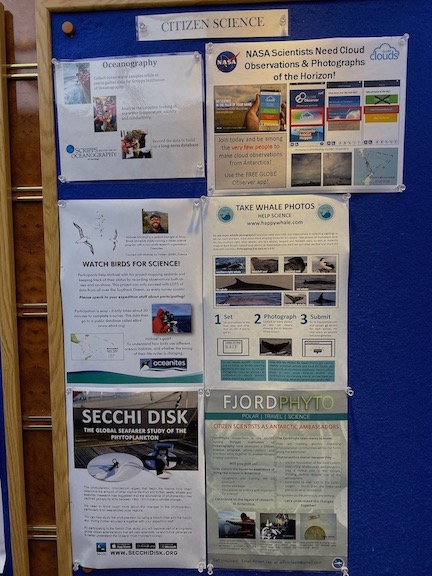
Oceanography
Hanging over the side of the ship in all weathers appealed to me! We regularly took sea samples, testing the surface water temperature and salinity and recording the measurements. Location co-ordinates we took from the bridge, which was fun to see what was going on at the helm. This happened several times over the trip and in particular between South Georgia and the Antarctica Peninsula as well as on our way back across the, sometimes dreaded Drake Passage, to Ushuaia. Of course our guides were regularly taking the citizen science sessions on each voyage so they both knew what to expect from the readings as well as being acutely aware of any unexpected differences. There is a study that is looking at these trends in the Southern Ocean, so our data contributed to that – perfect!
Do you enjoy my writing?: Always optional, though Donating even a small amount occasionally, enables me to continue to be another voice for the environment, supporting organisations focussed on conservation and restoration through my blogs, video’s, giving my time on committees, raising awareness. Click on the Donate button, top right hand side of the page for more information on how I am contributing and why your donation counts.
If you want to get close up to understanding the impact of climate change, citizen science works!
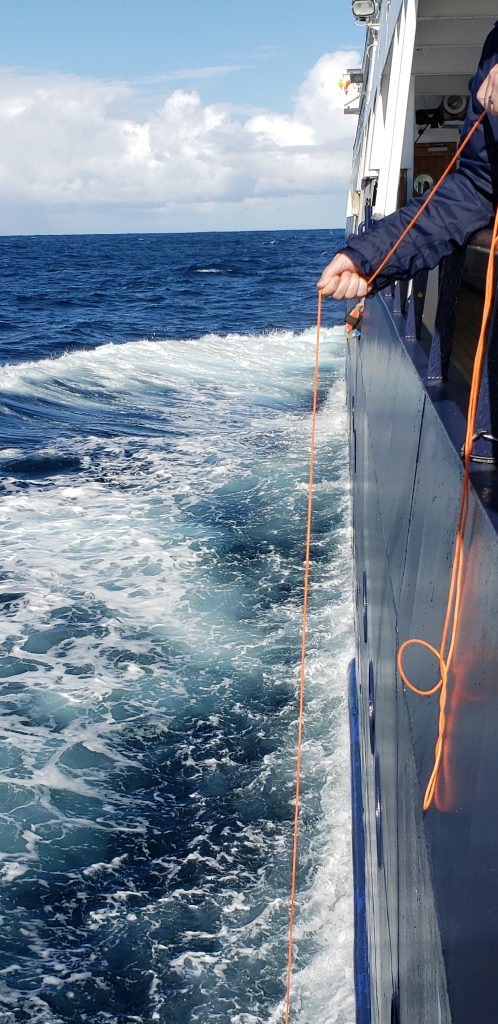
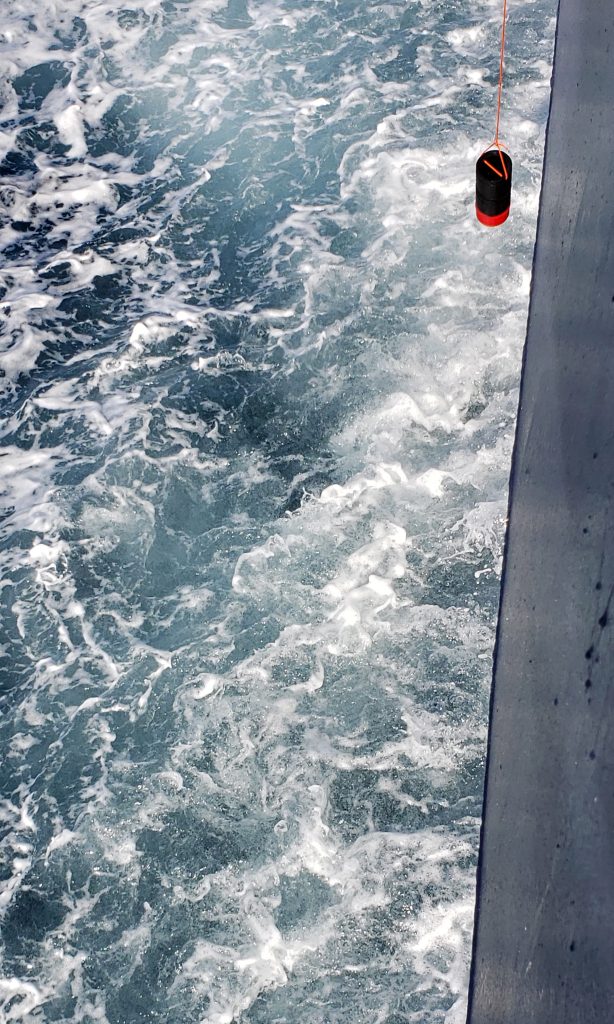
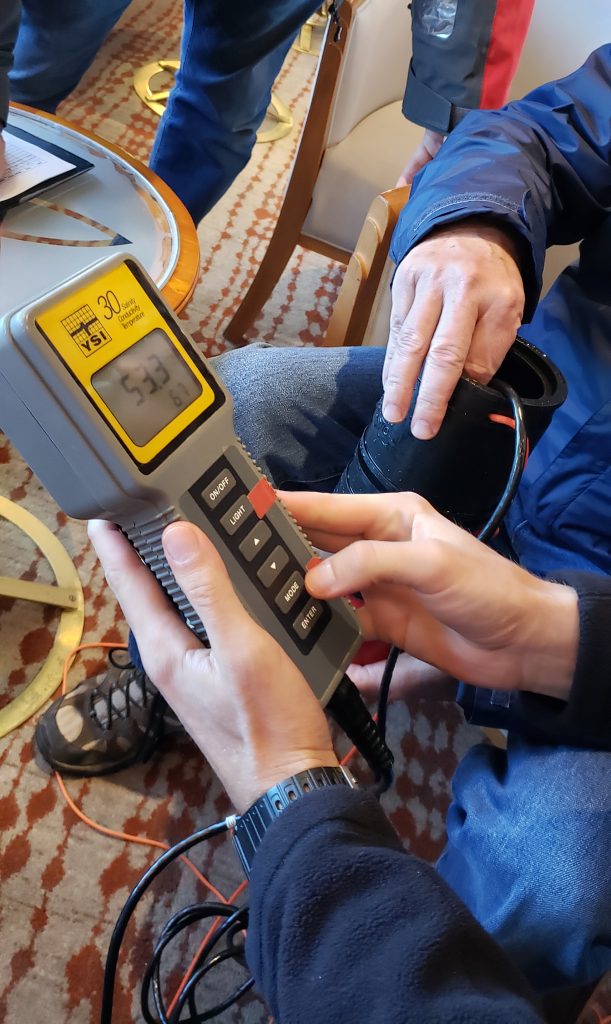
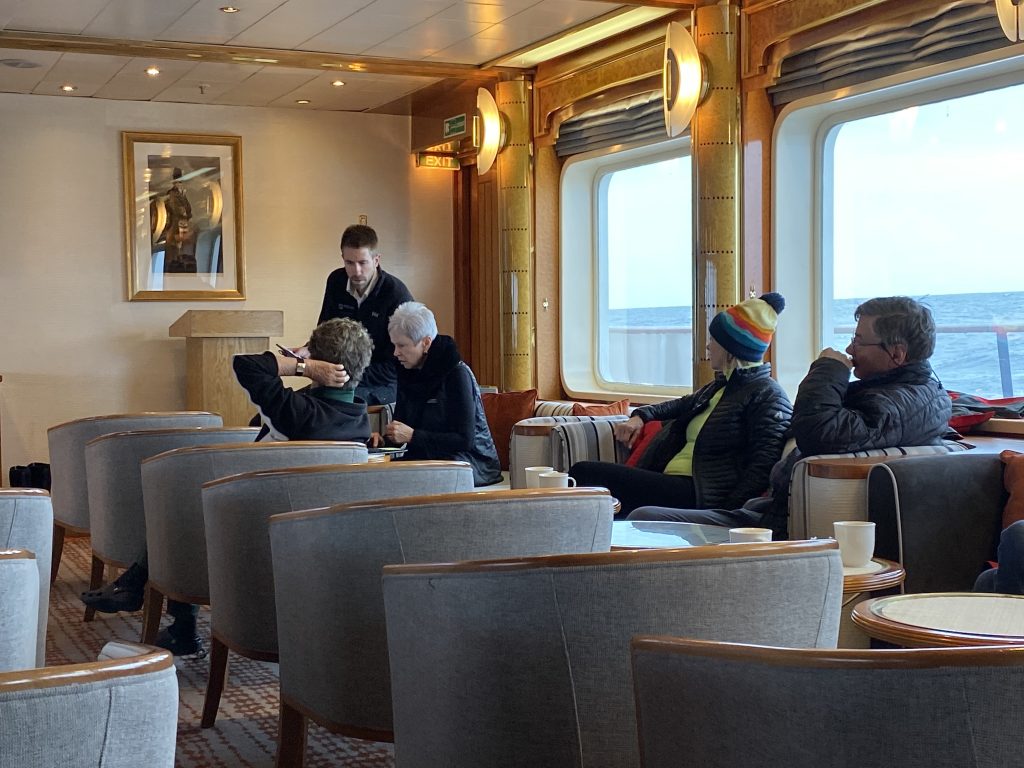
Happy Whale
What a super name for the portal where you can upload your whale tail (fluke) and dorsal fin photo’s – well if you are lucky enough to snap them. My experience is they seem to like being around kayaks and zodiacs and certainly thats when you are in the best position to photograph these remarkable mammals. But wherever you are in the world, if you can capture the tail or dorsal fin on camera, you can upload photo’s to Happy Whale and they may be able to identify the individual whale.
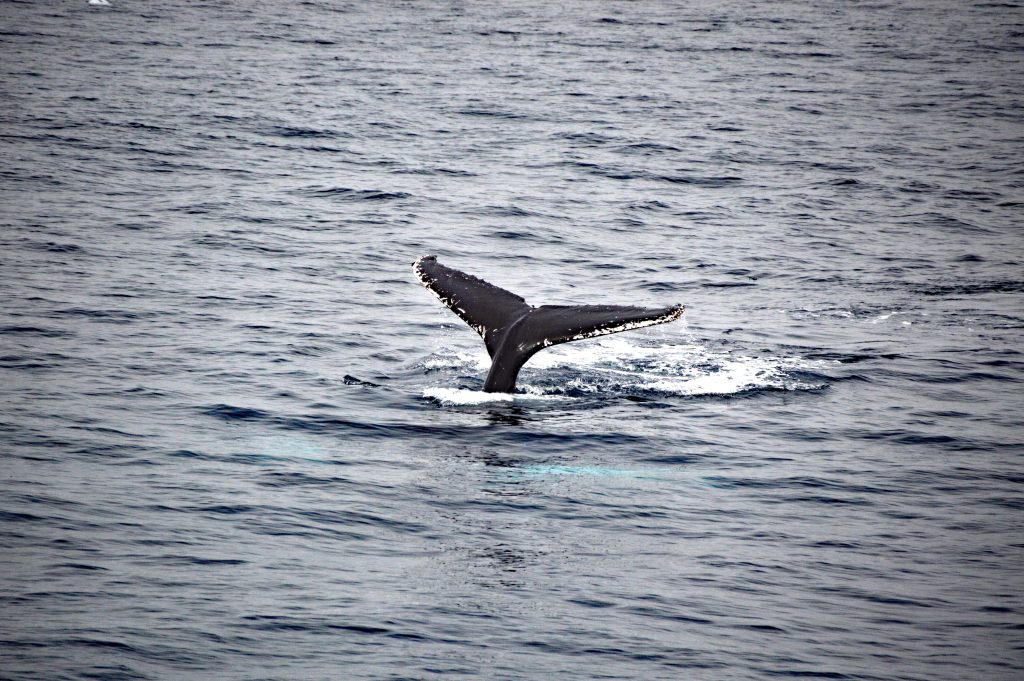
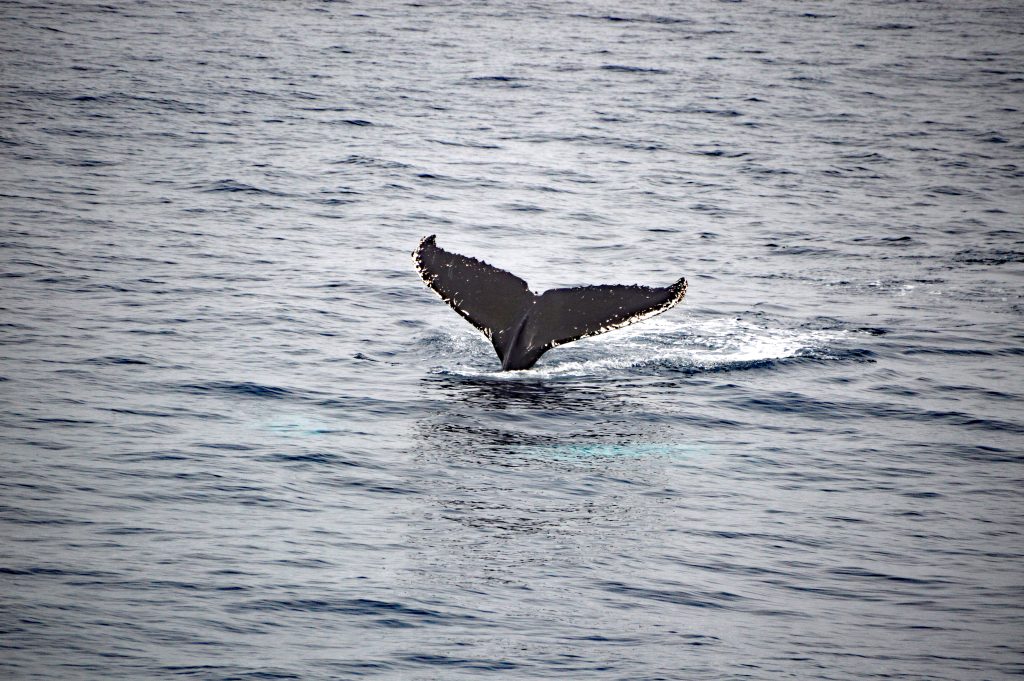
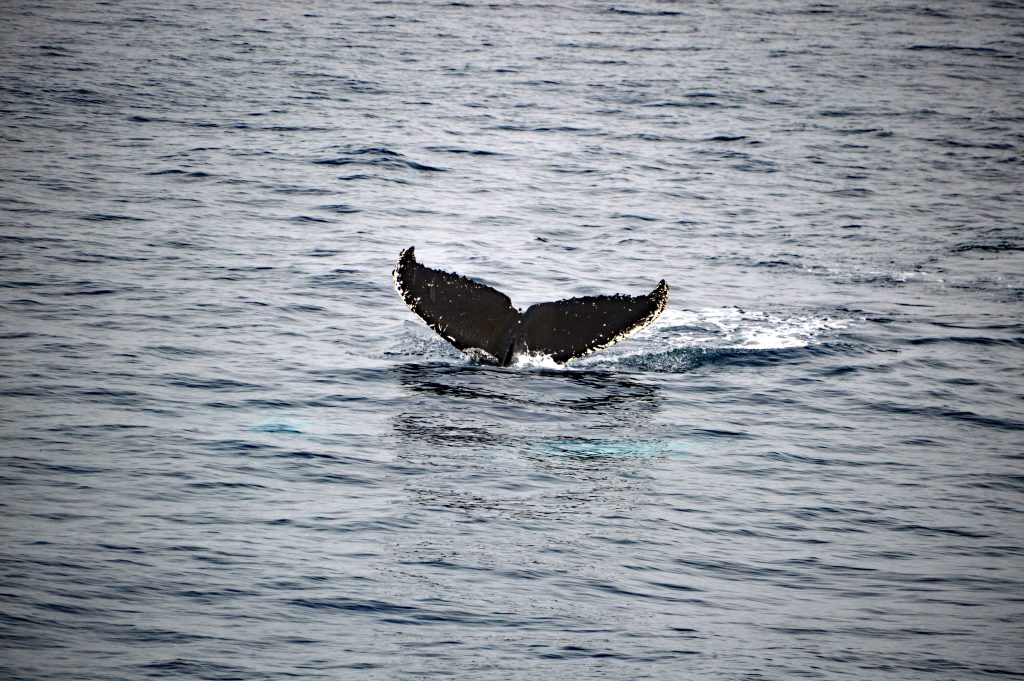
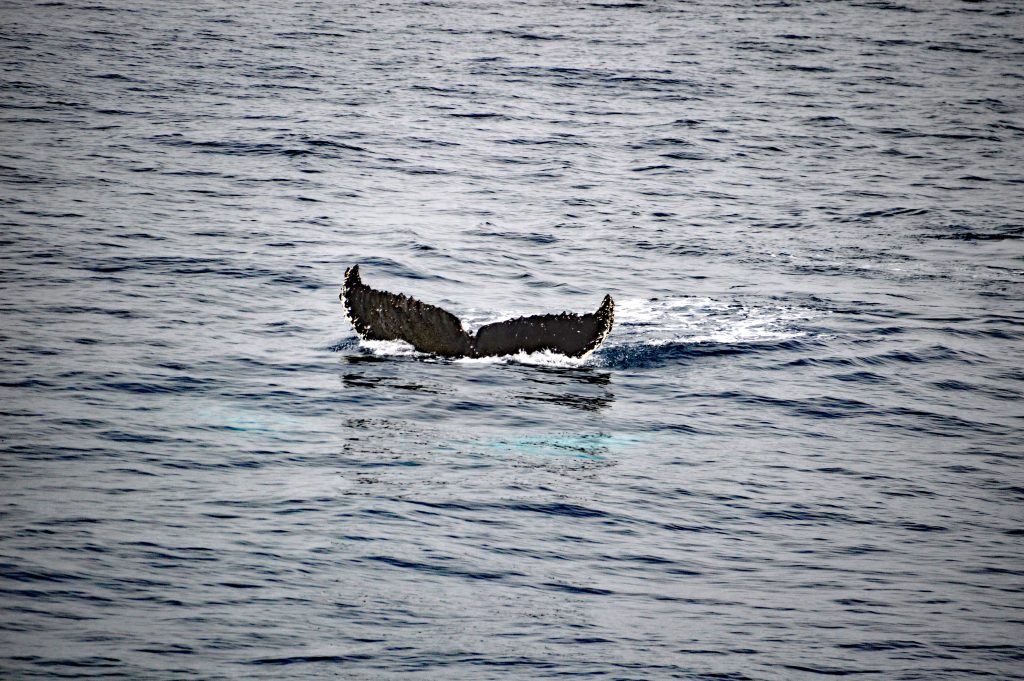
It’s a brilliant way to turn ‘Tourism’ into ‘Science’ as well as contribute to the data Happy Whale is collecting, which allows them to identify the whales, track their movements non-invasively building our understanding of behaviour and how best to protect our whales. There are plenty of stats on their website and you can contribute from any part of the world that you see a whale in!
Phytoplankton
Looking back, I wish I had signed up for this one too – they got to out on the zodiacs more! Such a crucial study, so I have included the slides that we were given to us at the end of our trip. The Secchi Disk study is the largest citizen science study on phytoplankton in the world and was started in 2013. With limited knowledge from the polar region, any data from these trips is crucial to the scientists that are studying the effects of climate change on phytoplankton abundance. This is another study that you can continue to contribute to from other parts of the world.
Slides/Images Credit: Polar Latitudes Onboard Presentation, from 2018

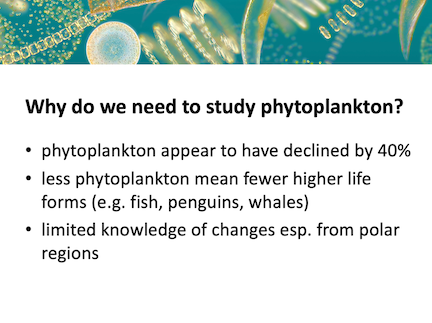



Just been reading here Antarctica21 , an interview with Allison Cusick who is a polar scientist and citizen science leader – she developed the FjordPhyto Antarctic Citizen Science project with Dr Maria Vernet and was on the same ship (different trip) as my voyage in 2019, M/V Hebridean Sky, conducting this project.
Loved that we were armed with presentations and information on each of the programmes at the end of our voyage. Many of the other programmes too, such as the cloud observations for NASA and the bird surveys, can be contributed to worldwide.
This year Oceanites have chosen Polar Latitudes to partner with for their 30th Anniversary year of counting Penguins in Antarctica!! Wish I could have participated in this one. I love the way they refer to the penguins as ‘Antarctica’s most beloved citizens.’
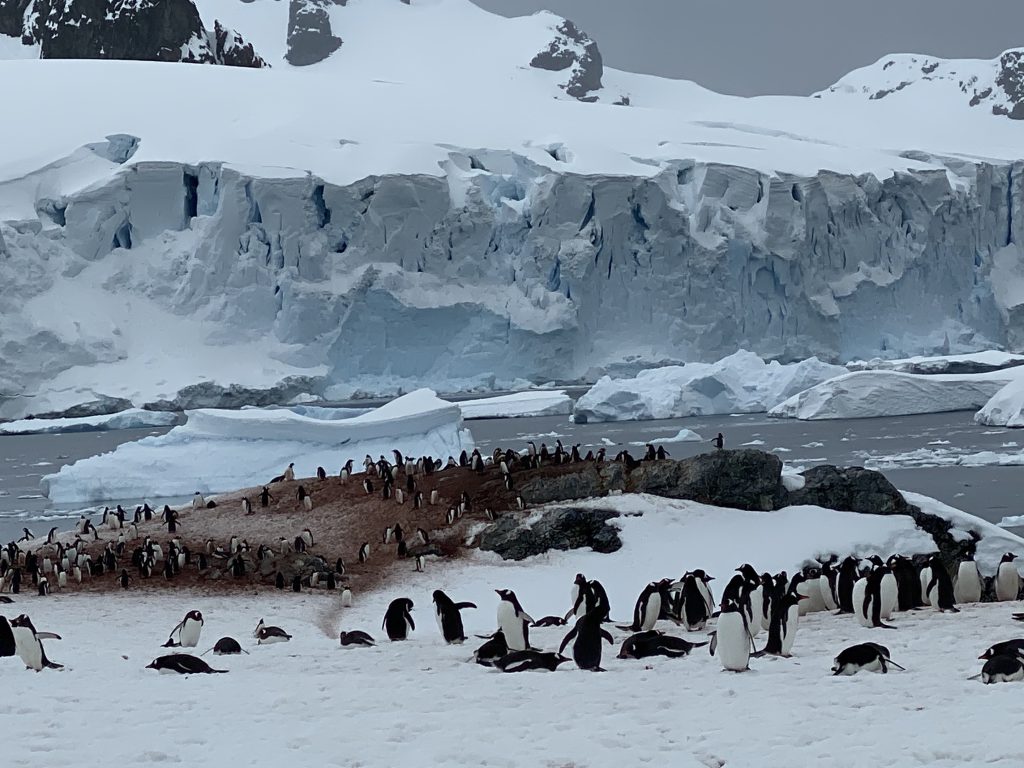
So don’t be shy, become a citizen scientist on your next visit somewhere in the world, or at home and contribute to these key programmes that are helping our understanding of our wildlife and the environmental changes that are taking place in our world.
Resources:
Polar Latitudes Citizen Science: https://polar-latitudes.com/citizen-science/
Whales: https://happywhale.com/home
Bird Surveys: https://ebird.org/home
Penguin Watch: www.penguinwatch.org
NASA Globe Clouds: https://observer.globe.gov/do-globe-observer
Phytoplankton: www.secchidisk.org and Antarctica21
Oceanites: https://www.oceanites.org

Great article
I think was on PL Voyage this year
And also really enjoyed the program
Al
Thanks for your support Al. Lucky you on the PL Voyage this year, hope it was amazing.